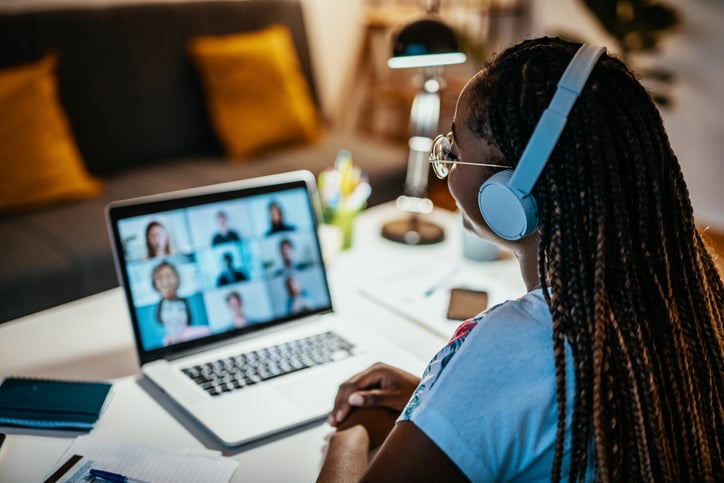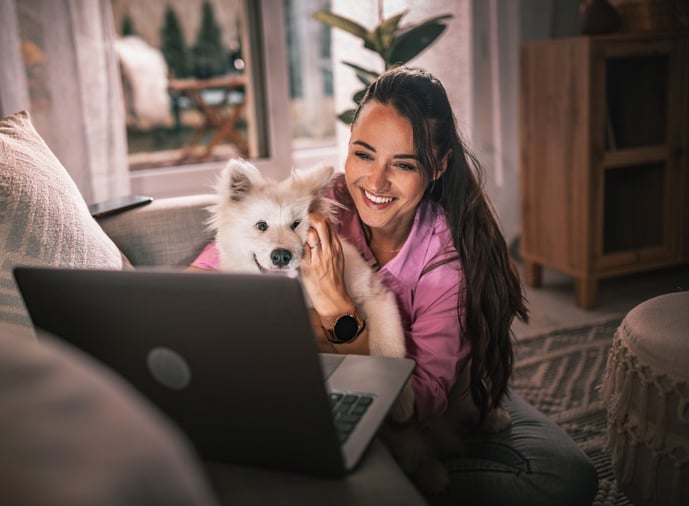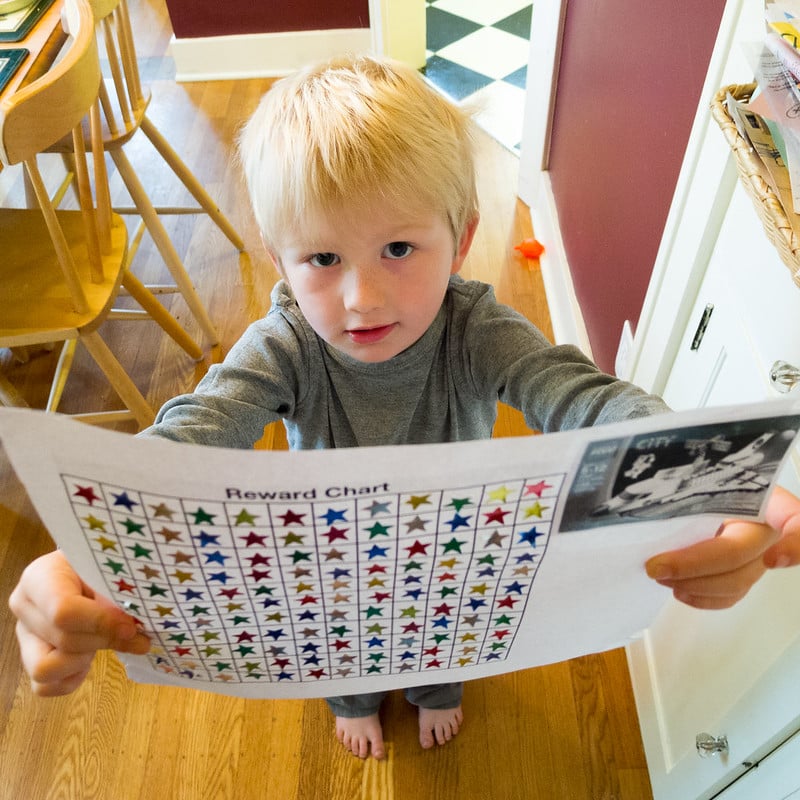Creating a Positive Online Experience for Your Student With Autism
Online learning is an exciting and innovative way for children to access their education. Even though it has been around for quite some time, COVID-19 has brought it to the forefront of many teachers’ minds. No matter the setting, educating students requires thought and planning to create a positive learning environment. There's quite a bit to consider when thinking about technology, materials, and setting up an ideal environment. Below you will find some practical tips for creating a positive online experience for your student.
First Impressions Matter
The first meeting really lays the groundwork for the rest of your time with that student. Think back to your first day of grade school. Did you jump into writing assignments and quizzes on day one? No way! Most likely, your teacher set up a creative way to introduce yourself to the class, and they did the same to introduce themselves to you. Spending that first session getting to know the student by discovering their likes, dislikes, and preferences is an excellent way to start. Also, allow your student to get to know you, which will help build some rapport and trust. Playing games like "Would You Rather" or using a general "Favorites" game is a great place to start.
The Learning Environment
Teachers spend days, if not weeks, planning their classroom layout to ensure the most ideal learning environment. As tele-educators, we too must consider our environment and our students' environment. To provide a positive learning space, both parties should have:
- Good internet connection
- Adequate lighting
- Quiet room (consider FERPA/HIPPA depending on your role)
- Ergonomic Chair
- Consider alternative, adaptive seating for students such as a therapy ball, wiggle seat, or Theraband tied to the bottom of the chair.
- Minimize background distractions
- Declutter
- Possible use of a background filter
- Possible use of noise-canceling headphones

Staying Focused
Creating an engaging environment is especially critical in the virtual setting. We don't have the luxury of teaching from posters hanging on the walls or having a playground for recess. However, there are some simple ideas to help keep your students engaged throughout the day such as using whole-body learning, strategically scheduling breaks and activities for breaks, using a visual or written schedule, and proactively addressing challenging behaviors.
Whole-Body Learning
Pairing learning with movement helps with memory and recall. This is especially beneficial for the younger children, which is why music and movement songs are so prominent in PreK classrooms. Pairing movement with learning can be incredibly helpful for our students with sensory needs. By engaging multiple sensory systems, these students have more opportunities to create connections between various concepts.
Whole-body learning, sometimes called kinesthetic learning, can involve any type of movement beyond using visual and auditory learning styles. Get creative! Simple methods like tracing a letter of the alphabet in the air or tossing a beach ball into the air and catching it while answering a question can help engage students and improve learning.
The Use of Breaks
Students at a brick-and-mortar school get many breaks during the school day. Even if they just have to walk from one class to the next, that's a break. Below are some great ideas to give students who are in the virtual setting a brain break:
Movement
Doing a yoga sequence or a chair exercise YouTube video.Listening to music
Let students get up to stretch, close their eyes, or just sit back and relax for a few minutes.Introduce your pets
It's relatively common for a cat to jump in front of my computer to say hi. Students love to talk about their pets and introduce them. Set aside a break time when students can go grab their furry friends and introduce them to the class.Talent Show
Let students show off what they are working on outside of school. Whether that is piano playing, their Halloween costume, or their latest Minecraft creation, this is a great way to give your students a break from school work and engage them socially.
Using a Visual or Written Schedule
Using a schedule can be incredibly helpful for neurotypical and neurodiverse children. When students have a schedule, they know what to expect, which can help tremendously with attention. It also will give students a sense of control because they know what is happening throughout the day. Imagine if you logged into an online meeting and were told it would be four hours long, but that was the only information you had about the day. We would all go crazy wondering when there might be a break or when there might be breakout sessions. Even as adults, we typically receive an agenda or outline when we attend a meeting or a continuing education course. It helps break up the day and is incredibly helpful in staying present! If the session with your student is a long one, think about reviewing the schedule periodically and checking off what items have been accomplished.
Addressing Challenging Behaviors
While working with a student who has a challenging behavior can be difficult, there is so much we can do as educators to facilitate and encourage appropriate behavior.
1. Setting up the environment
Just like we discussed earlier, the learning environment can play a significant role in the overall success of a virtual learning space. By simply decluttering the area, we are eliminating distractions.
2. Parent Involvement
Parents typically know their children best. So if you're having a tough time with a student, find out from the parent some highly preferred tasks that you can use as a reward. In certain situations, it may be helpful to have the parent assist the student throughout the session to help with redirection. However, there is also a balance to this. There are times when the parent might be trying to do too much for your student, and it may be necessary to educate the parent about the proper amount of cueing.
3. Is there a sensory component?
When you notice a child exhibiting challenging behavior, ask yourself what might be going on. Is your student bouncing around and can't seem to sit still? Could they be seeking movement and input? If so, an adaptive seat may be helpful, or a movement break might be just what they need.
4. Using a token economy system
There is a critical difference between a bribe versus a reward. A reward (or reinforcer) is established at the beginning of the session before any negative behaviors. A bribe is used once a behavior has already taken place and rarely results in a decrease in the problem behavior. By setting expectations from the get-go, we are much more likely to have a successful outcome.

Telelearning can be a fun and creative way for students to learn. It encourages the family to be involved with day-to-day learning and academic gains. By implementing some of these simple strategies, you will be off to a great start in creating an optimal online experience for your students!

Kaitlyn Osborne
Kaitlyn received her Bachelor of Science from Baylor University in 2012 and her Masters of Occupational Therapy from Texas Tech University Health Sciences Center in 2014. She is registered with the National Board of Certification of Occupational Therapy and has spent the past seven years working in pediatrics. Kaitlyn has experience in outpatient, home health, schools, early intervention, and telehealth. She has worked with children with various diagnoses like autism, down syndrome, developmental delay, cerebral palsy, and plagiocephaly. Kaitlyn is passionate about helping children and families meet their goals.




